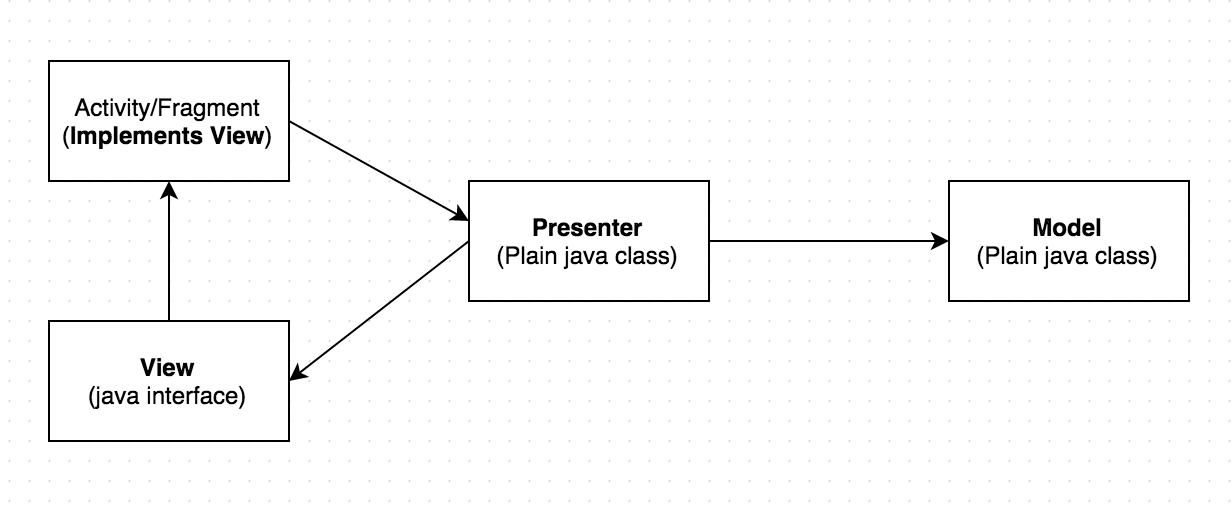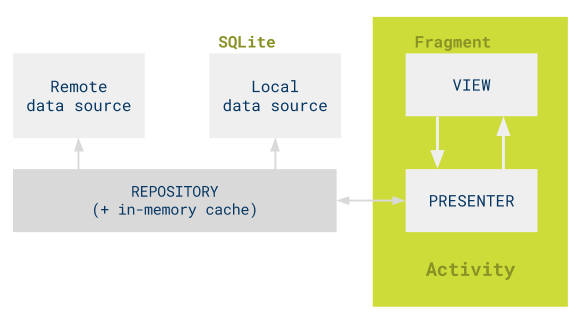I want to implement my next application with MVP pattern, so I started of reading some articles about how it should be implemented. The main problem for me is that there are different approaches to this pattern. Some people say that we should treat activity as a view but some others that activity should be a presenter.
Activity as a view is described here: MVP Android and it makes sense. But on the other hand I found this answer with a few upvotes https://stackoverflow.com/a/7609943 and someone says that activity should be a presenter.
Does anyone has an experience with this pattern?



mvn testin this way). – Mneme